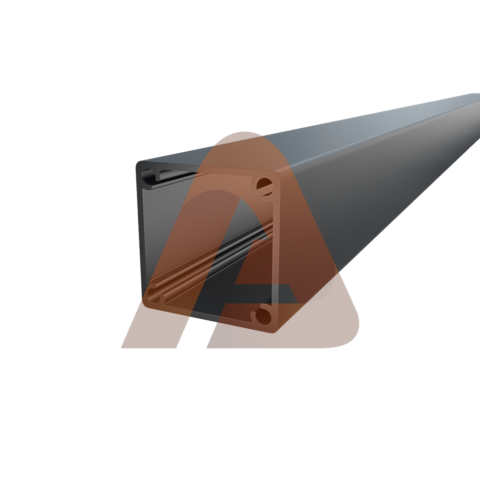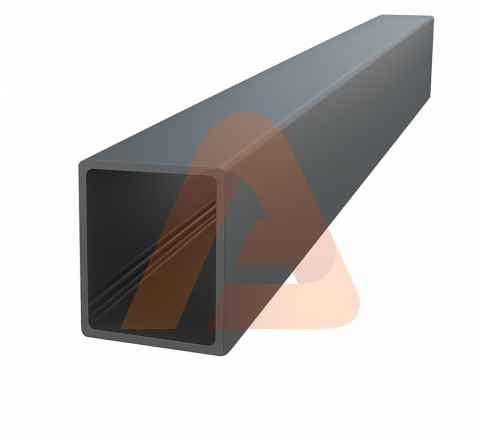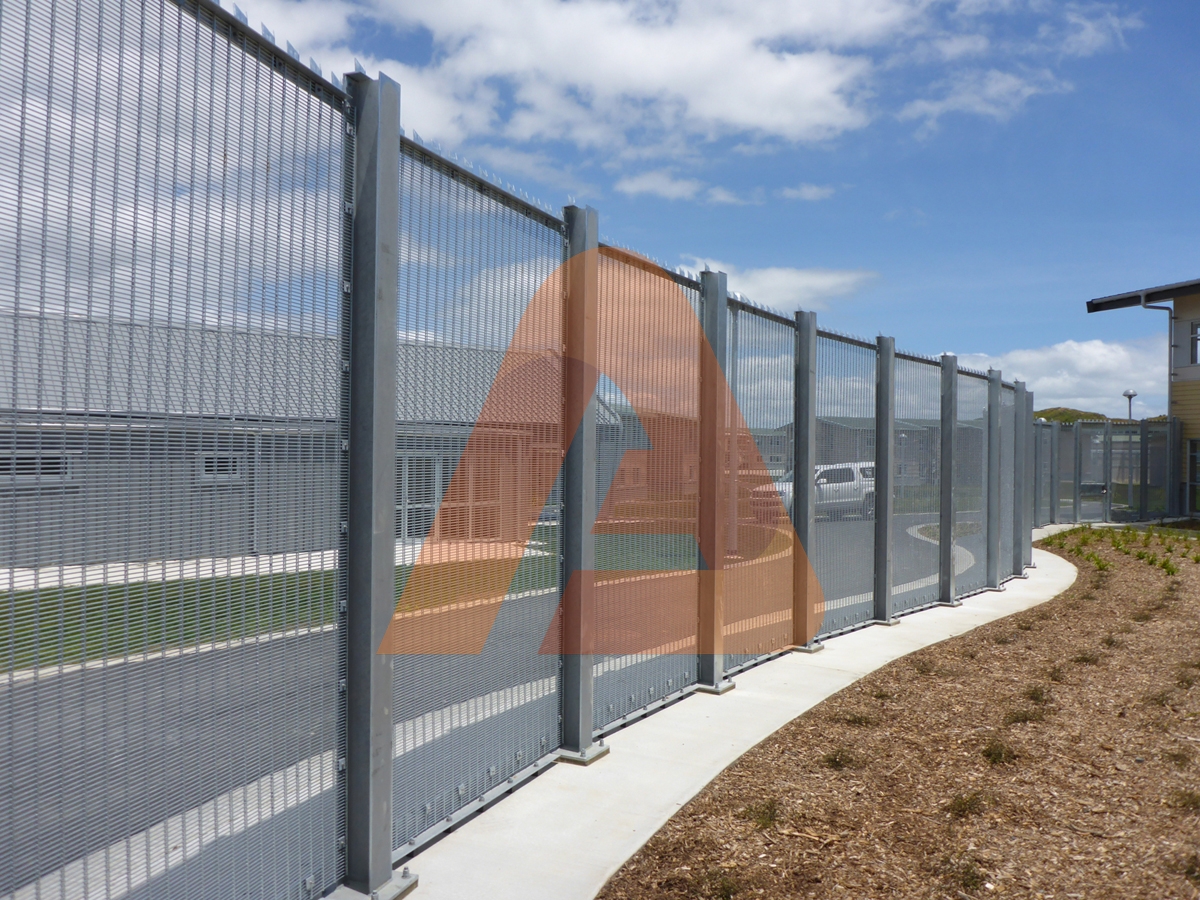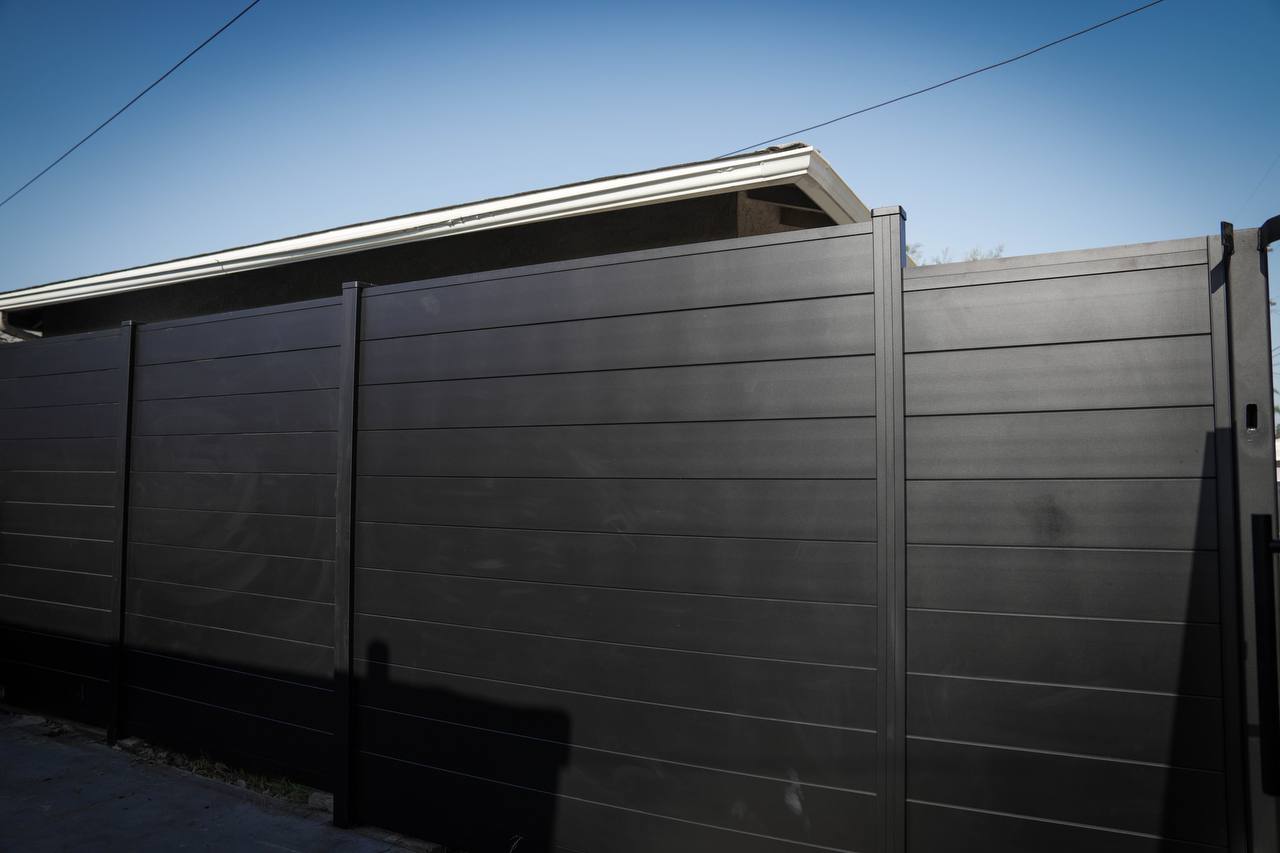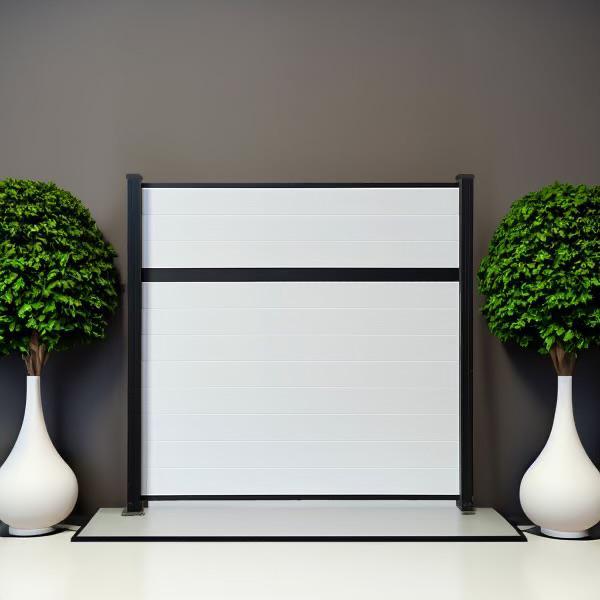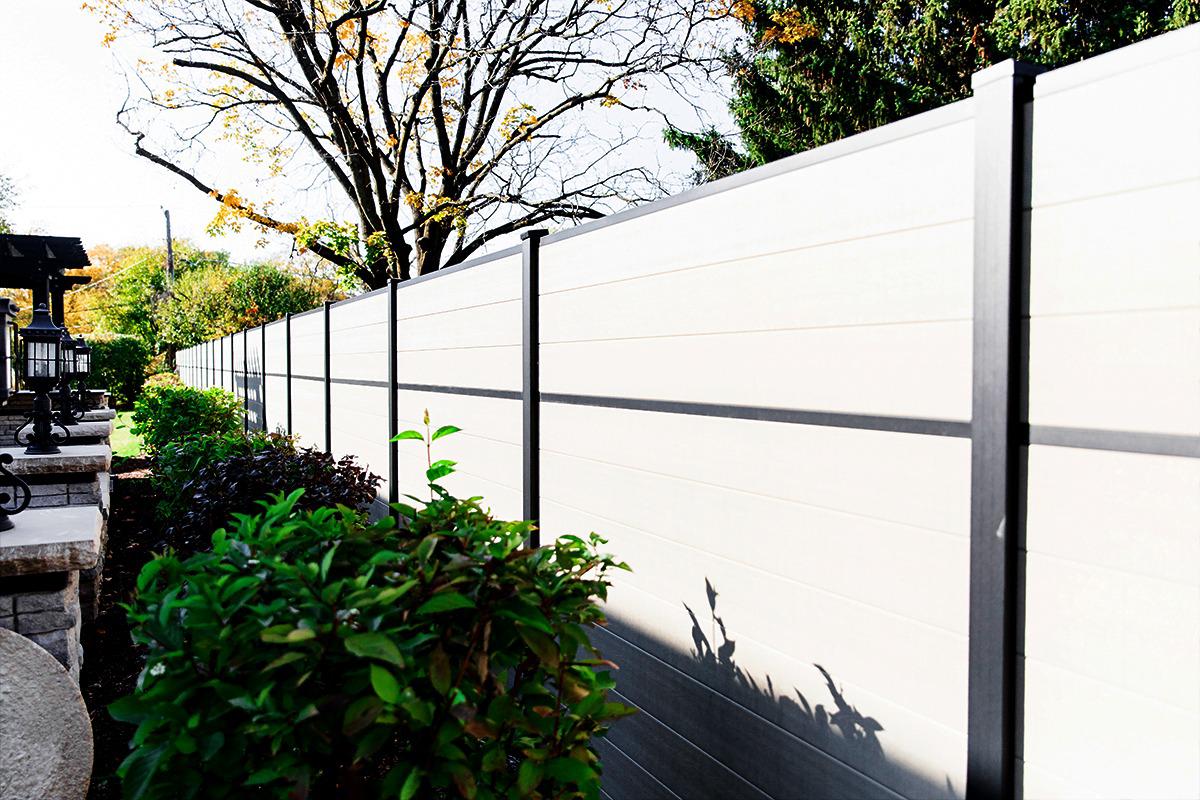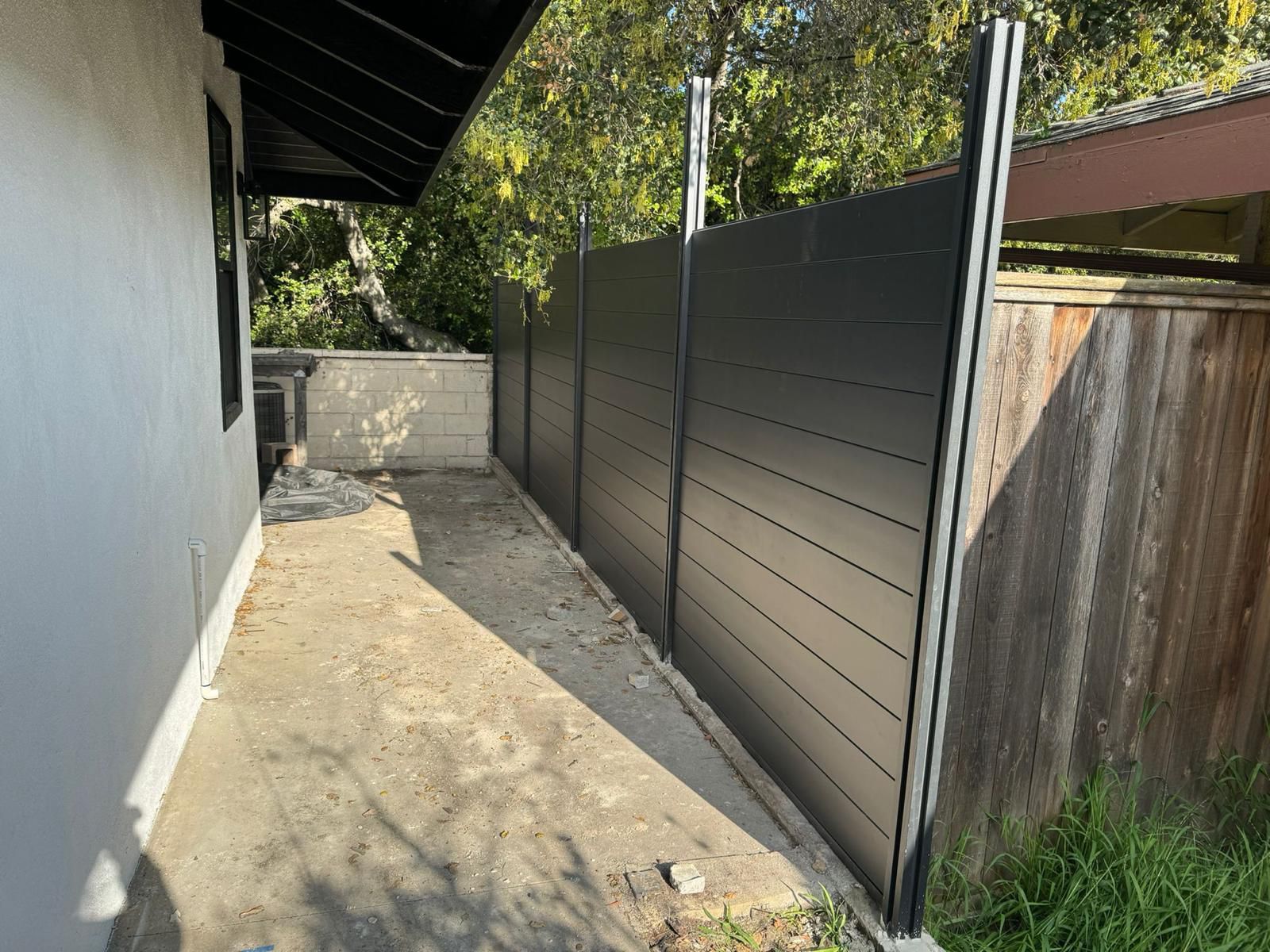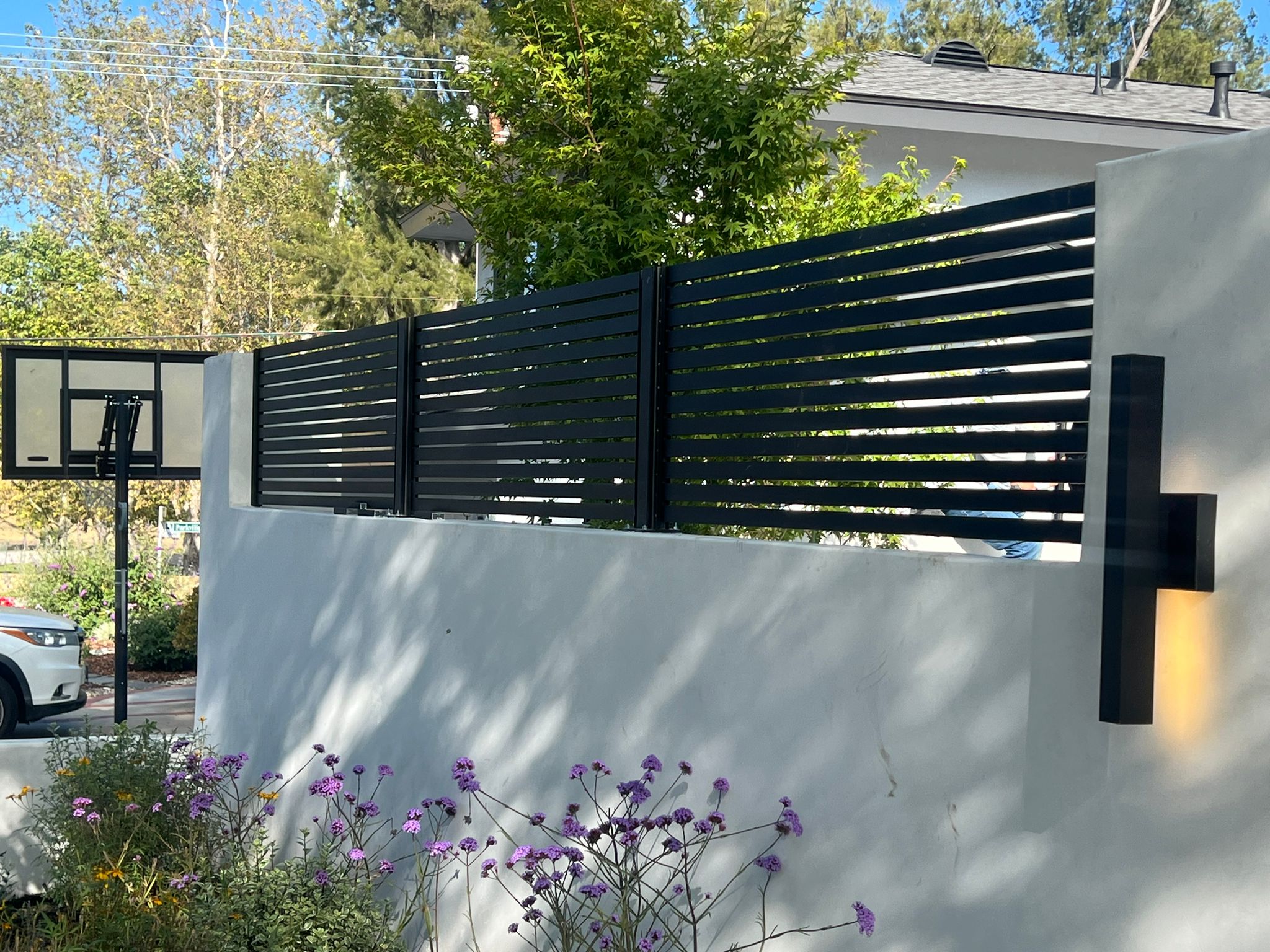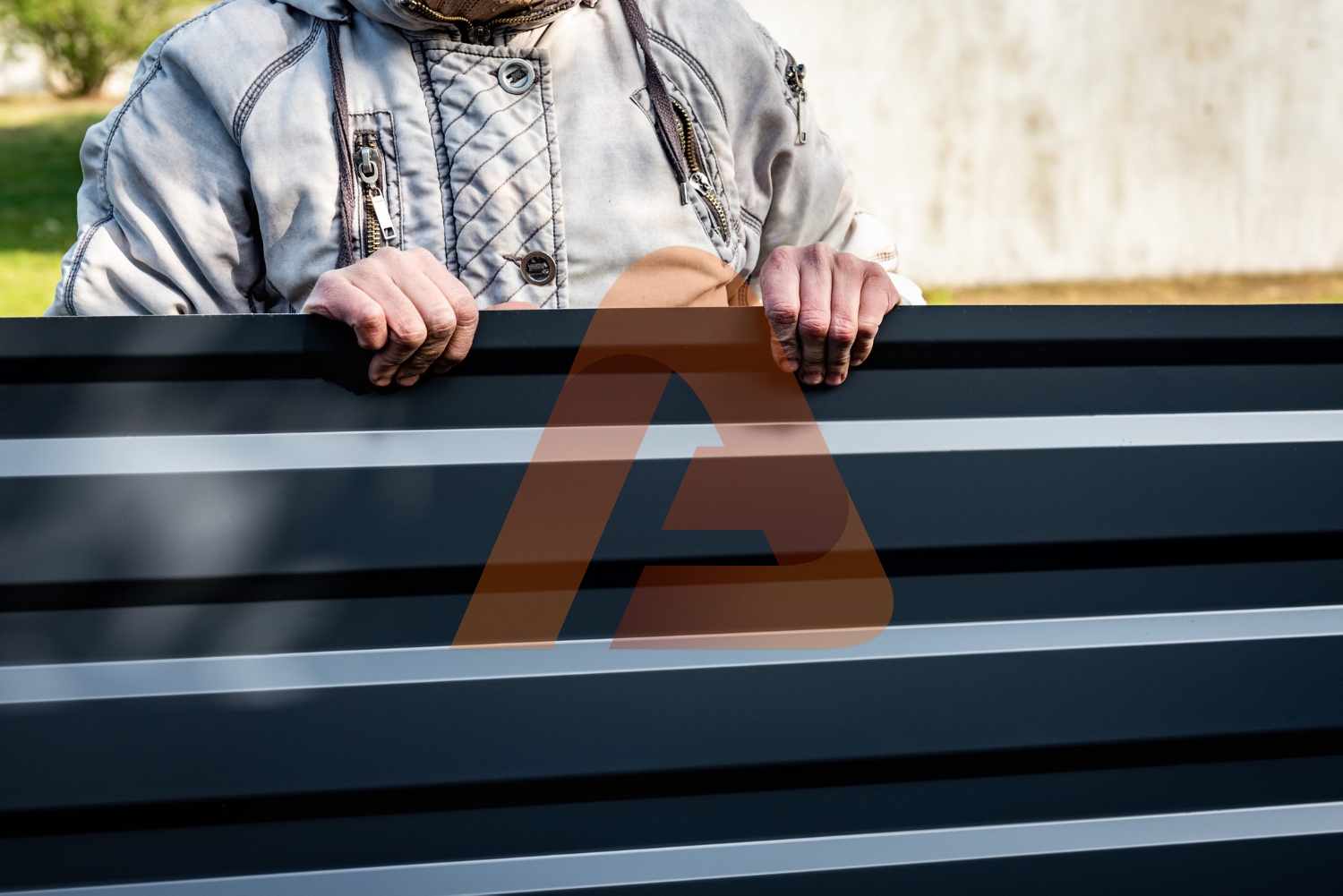
7 Common Mistakes When Installing an Aluminum Fence
- By Admin
- Posted on
Installing an aluminum fence is one of the best decisions homeowners can make for combining beauty, security, and long-term durability. Aluminum fencing is lightweight yet extremely strong, resistant to corrosion, and virtually maintenance-free — perfect for the California climate or any region exposed to heat, humidity, or salt air. But even the strongest materials can fail if installation isn’t done correctly. Too many property owners rush through planning or skip small but important steps that determine the fence’s performance for decades.
Whether you’re researching how to install aluminum fence for a DIY project or hiring a professional aluminum fence installer, this guide will help you avoid the most common errors. From setting posts correctly to anchoring on concrete and aligning gates, these lessons are drawn from years of experience in professional aluminum fence installation by the experts at Globus Gates.
Skipping Proper Site Preparation
Proper site preparation is the foundation of any successful aluminum fence installation. Many homeowners make the mistake of rushing into digging without planning the layout or considering the terrain. Before any holes are drilled or concrete is mixed, the area must be thoroughly evaluated. Check for underground utilities, irrigation lines, or hidden obstructions that could interfere with digging. You should also confirm property boundaries to ensure that your new fence doesn’t cross into neighboring land, as this could create costly legal disputes later.
When installing an aluminum fence, the ground level plays a huge role in the final appearance. If your yard has uneven areas or slopes, you must decide whether to “step” or “rack” the panels. Racking allows the panels to follow the natural slope, while stepping keeps them level but creates small height differences between sections. Taking the time to grade the soil, clear debris, and m ark straight string lines ensures perfect alignment from the first post to the last.
Incorrect Post Depth or Alignment
Your fence posts are what carry the load, so incorrect depth or crooked alignment can quickly ruin even the highest-quality system. A common issue when learning how to install aluminum fence is failing to dig deep enough holes or skipping the use of a level. Posts should be set at least one-third of their total height below ground — usually 24–30 inches — and every hole should be consistent. If one post is higher or shallower than another, your panels will look uneven and may not connect properly.
Alignment is equally important. Stretch a string line along the full length of the fence before setting any posts in concrete. As an aluminum fence installer, Globus Gates always checks alignment from multiple angles to ensure a perfectly straight line. Once the posts are set, give the concrete 24–48 hours to cure before attaching any rails or panels. This stability step ensures the fence won’t shift later, even during heavy winds or soil movement.
Using the Wrong Anchoring Method on Concrete
Installing a fence on a solid surface requires a completely different approach than working on soil. Many DIY installers underestimate this when searching for how to install aluminum fence on concrete, leading to weak or unstable results. Aluminum posts cannot simply be glued or bolted down with random hardware — they require specialized base plates or core-drilled anchors for long-term security.
When mounting on a patio, driveway, or retaining wall, use surface-mount brackets or sleeves that allow the post to sit perfectly plumb. For heavier sections, core-drilling into the concrete and setting the post with adhesive epoxy provides a more permanent hold. Another common mistake is forgetting to seal around the base plate, allowing water to seep underneath. This moisture can freeze, expand, and eventually crack the concrete around the post. Professional aluminum fence installation crews always finish each anchor with a high-quality waterproof sealant to prevent these issues and ensure a clean, modern look.
Ignoring Thermal Expansion and Environmental Factors
Aluminum naturally expands and contracts with temperature changes, and failing to account for that movement is a hidden but serious mistake. In regions that experience wide temperature swings — from hot summer days to cool nights — aluminum rails can slightly shift. If installed too tightly, this can cause panels to bow, pop, or warp over time.
When installing an aluminum fence, always leave a small expansion gap between each panel and post. This allows the material to “breathe” naturally without compromising stability. It’s also smart to choose powder-coated finishes that reflect heat, minimizing the expansion effect. Beyond temperature, consider the local environment: near-coastal areas require corrosion-resistant coatings, and high-wind zones benefit from reinforced posts or additional brackets.
The experts at Globus Gates design their fences with expansion tolerance built in, ensuring a lifetime of straight lines and smooth operation no matter the conditions. Small adjustments like these separate professional installations from amateur results.
Poor Gate Planning and Hardware Placement
The gate is the most used and most stressed part of any aluminum fence installation, which means even minor miscalculations can create functional problems. Many homeowners position their gate without accounting for slope direction or swing clearance. Always confirm that the gate opens in a direction that doesn’t hit rising ground or obstacles like steps, bushes, or driveways.
Hardware placement is another area that demands attention. Hinges and latches must be installed at equal height and tightened after alignment, not before. Cheap or mismatched hardware can rust or loosen, compromising the entire fence line. Use stainless-steel or powder-coated hinges rated for outdoor conditions. Reinforce wide gates with diagonal support bars to prevent sagging.
Professional aluminum fence installers take time to test the gate swing several times before securing hardware. This ensures smooth motion, even spacing, and perfect latch alignment. A well-hung gate completes the installation, both visually and functionally.
Choosing the Wrong Fence Grade or Finish
Not all aluminum fences are created equal. A crucial yet overlooked mistake in installing an aluminum fence is selecting the wrong material grade or coating type. Aluminum fencing comes in residential, commercial, and industrial grades — each suited to different levels of strength and exposure. Residential grades work well for homes, but high-traffic areas or large properties need heavier-gauge rails and posts.
Finish quality is equally vital. Many low-cost fences use thin paint that fades, chalks, or peels after a few years. Always choose powder-coated finishes that meet AAMA 2604 or 2605 standards for UV, corrosion, and abrasion resistance. The premium powder coating used by Globus Gates ensures long-lasting color, even in coastal or high-sun environments.
An additional benefit of proper finishing is low maintenance: no sanding, repainting, or sealing required. Choosing the right grade and finish upfront means your fence remains both beautiful and durable for decades, not just a few seasons.
Rushing the Installation Process
Patience is essential in aluminum fence installation. Many homeowners or inexperienced contractors rush through the process to save time, leading to uneven panels, poor alignment, and weak foundations. Concrete needs time to cure, measurements need double-checking, and each section should be leveled as it’s installed — not after the entire line is complete.
Allowing at least 24–48 hours for post concrete to harden is non-negotiable. Attaching rails or panels too early can cause posts to tilt slightly under the weight, which becomes much harder to fix later. Professionals at Globus Gates recommend re-checking alignment after each post set, using a level and string line continuously.
Rushing also increases the risk of missing details such as tightening screws, securing panels, or properly capping posts. Taking an extra few hours ensures your fence looks straight, feels solid, and performs perfectly from day one.
Pro Tips for a Successful Aluminum Fence Installation
Avoiding these mistakes will help ensure your fence remains strong, secure, and visually stunning for decades. Here’s a quick checklist of professional tips:
Measure and mark all post locations before digging.
Use high-quality tools like a level, post-hole digger, and string line.
Mix concrete according to manufacturer recommendations.
Allow space for expansion between rails and posts.
Seal all anchors and brackets against moisture.
Use corrosion-resistant hardware on gates.
Double-check the alignment before panels are tightened.
These steps may sound simple, but consistency is key. A properly planned and executed aluminum fence installation adds long-term value to your property, providing the perfect balance of privacy, safety, and architectural appeal.
Why Aluminum Is the Smart Choice for Modern Fencing
Aluminum remains one of the most advanced fencing materials in modern architecture. It combines lightweight versatility with industrial-level strength, making it ideal for everything from residential yards to commercial complexes. Compared to steel or wood, aluminum never rusts, peels, or warps, even under direct sun or heavy rain. Its powder-coated surface offers excellent corrosion resistance and is available in numerous finishes and colors to match any design style.
Another major advantage is sustainability. Aluminum is 100% recyclable and requires far less energy to produce than iron or vinyl alternatives, making it an environmentally responsible choice. Whether you’re enclosing a pool, securing a perimeter, or defining a garden space, installing an aluminum fence ensures lasting beauty with minimal upkeep.
For California homeowners and contractors, Globus Gates delivers American-engineered aluminum systems designed for strength, fire resistance, and modern aesthetics — built to outperform any other fence on the market.
Conclusion – Build It Right the First Time
A successful aluminum fence installation depends on precision, planning, and patience. From setting posts and leveling panels to securing gates and sealing anchors, every detail matters. Avoiding the common mistakes discussed above ensures your fence not only looks great but also stands strong for decades.
Whether you’re handling the project yourself or looking for a trusted aluminum fence installer, Globus Gates provides everything you need — from heavy-duty aluminum materials to professional guidance. Our engineered systems are made in the USA, powder-coated to AAMA 2604 standards, and designed to handle both residential and commercial projects with unmatched durability.
Do it once. Do it right. Choose Globus Gates for aluminum fencing that’s built to last.
FAQs
How long does aluminum fence installation take?
Most aluminum fence installations take one to two days for professionals, depending on yard size and layout. DIY projects may take three to four days, especially if post holes or concrete curing are involved. For larger or uneven properties, hiring an experienced aluminum fence installer helps ensure accurate alignment and faster results.
Can I install an aluminum fence myself?
How do I install an aluminum fence on concrete?
Is aluminum fencing durable?
Yes. Aluminum fencing is lightweight, rustproof, and built to withstand heat, rain, and coastal moisture. It won’t warp, fade, or rot like wood or iron. Globus Gates uses 6063-T6 aluminum with premium powder coating, offering up to 50 years of structural durability and color protection.
How much does aluminum fence installation cost?
The average aluminum fence installation costs $40–$80 per linear foot, depending on height, style, and terrain. Mounting on concrete or adding decorative gates can increase cost slightly. Factory-direct pricing from ALU Globus Fence ensures maximum value and long-term durability.
What maintenance does an aluminum fence need?
Virtually none. Installing an aluminum fence means saying goodbye to repainting or rust treatment. Just rinse it occasionally with soap and water to keep it clean. Inspect hinges once a year, and your fence will stay strong and beautiful for decades.


